
General Idea
Located at the center of the mainland’s coastline, Shanghai has long been a major hub of communications, transportaion, and international exchange. The municipality covers an area of 6,341 square kilometers and has a population of more than 13.5 million. Shanghai is China’s largest economic comprehensive industrial base, and a famous historical and cultural city.
The city consistently attracts investment and is seen as an ideal venue for business gatherings. It is also a must on any agenda during a tour of China. Shanghai has fostered a comprehensive transportation network that incorporates land, sea, and air travel, as well as a convenient urban transportation system. More than 300 airlines serve the city, proving direct flights to more than 20 countries and regions. The addition of the Shanghai Pudong International Airport, which went into operation in 1999, is expected to increase the annual passenger volume to some 20 million.
Special tourist trains running between Shanghai and the neighboring provinces of Jiangsu and Zhejiang, as well as tourist bus routes along newly-constructed expressways, offer great convenience for regional travel. Shanghai has more than 400 travel agenties to assist visitors, and the 127 star-rated hotels offer a total of 40, 000 guest rooms.
Visitors to Shanghai are not only dazzled by the modernmetropolis and gateway to a developing China, but are also able to immerse themselves in the unique Shanghai culture, a combination of Chinese and Western elements. Colorful festivals and cele-brations dot the yearly Shanghai activities calendar, such as the Shanghai Nanhui Peach Blossoms Festival, Shanghai International Tea Culture Festival and Shanghai China International Art Festival
Shanghai has also introduced special tour packages aimed at the different interests of visitors, such as bicycling tours, hiking tours, gourmet tours, rehabilitation and health care tours, study tours, Japanese young women’s tours, honey moon tours, and convention and exhibition tours.
Geography and Climate
Districts
Shanghai is split in two by the Huangpu River (黄浦江 huángpǔ jiāng), with the older town on the west bank known as Puxi (浦西 pǔ xī) and the brash new development on the east side being Pudong (浦东 pǔdōng).
Areas within Puxi:
The Bund (外滩 wàitān) - the colonial riverside of old (and reborn) Shanghai, including the Yuyuan Gardens (豫园 yùyuán)
French Concession - the leafy district once known as the Paris of the East, including the refurbished shikumen houses of Xintiandi. The boutique shopping areas, restaurants and leafy lanes north of Hua Hai Lu are one of the highlights of Shanghai.
Xujiahui - Southwest part of Shanghai
Gubei - Close to the Hongqiao airport, a Carrefour, and with a large expat population
Nanjing Road - One of China's most famous shopping streets, it passes Jing'an (静安 jìng ān), leading to People's Park (人民公园 rénmín gōngyuán) and The Bund.
Hongkou (虹口 hóngkǒu) - Home for famed writer Lu Xun, now including a Memorial Park and a Museum.
Yangpu (杨浦 yángpǔ) - Where the famous Fudan University and Tongji University are. Also contains the excellent and spacious gongqing forest park (共青森林公园 gòngqīng sēnlín gōngyuán)
and across the river:
Jing'An Temple - commercial area on nanjing Rd.
Pudong - the skyscraper-laden new financial and commercial district on the east bank of the river
Outlying districts:
嘉定 - Jiādìng
青浦 - Qīngpǔ
金山 - Jīnshān
南汇 - Nánhuì
松江 - Sōngjiāng
宝山 - Bǎoshān
Climate Briefing
Shanghai has a humid subtropical climate and experiences four distinct seasons. Winters are chilly and damp, and cold northwesterly winds from Siberia can cause night-time temperatures to drop below freezing, although most years there are only one or two days of snowfall. Summers are hot and humid, with an average of 8.7 days exceeding 35 °C annually; occasional downpours or freak thunderstorms can be expected. The city is also susceptible to typhoons in Summer and the beginning of Autumn, none of which in recent years has caused considerable damage. The most pleasant seasons are Spring, although changeable and often rainy, and Autumn, which is generally sunny and dry. The city averages 4.2 °C in January and 27.9 °C in July, for an annual mean of 16.1 °C. Shanghai experiences on average 1,878 hours of sunshine per year, with the hottest temperature ever recorded at 40.2 °C, and the lowest at ?12.1 °C. The average frost-free period is 276 days.
Weather characteristics of the four seasons in Shanghai
* A warm spring
* A hot and humid summer
* A brief and cool autumn
* A damp and cold winter
Most rain falls in Shanghai between April and September in three periods: Spring rain, plum rain, and Autumn rain. The plum rain season is named after the fruit that ripens with its arrival in middle June and early July. When typhoon season comes to Shanghai, it usually lasts from June to October and the storms bring strong winds, heavy rains and storm surges, which sometimes cause flooding in Shanghai downtown areas.
Climate Data Table for Shanghai
Month Item | Jan | Feb | Mar | Apr | May | Jun | Jul | Aug | Sep | Oct | Nov | Dec |
maximum | 7.2 | 8.1 | 12.4 | 18.6 | 23.6 | 27.8 | 32.3 | 31.7 | 27.2 | 21.7 | 16.1 | 10.6 |
minimum | 0.0 | 1.3 | 4.6 | 10.5 | 15.6 | 20.1 | 24.2 | 24.5 | 20.6 | 14.2 | 8.5 | 1.7 |
Rainfall (mm) | 50.6 | 56.6 | 98.6 | 89.3 | 102.2 | 169.6 | 156.8 | 157.1 | 137.6 | 62.3 | 46.2 | 36.9 |
Days of rainfall | 1.6 | 2.3 | 3.3 | 4 | 4.5 | 6 | 5.1 | 5.2 | 6.1 | 2.4 | 2.1 | 1.6 |
History
Yesterday's Shanghai
Shanghai, Hu for short, is situated on the estuary of Yangtze River, a position that led to frequently unwelcome intervention from foreigners seeking to impose their exports on the Empire during the nineteenth century. However, in the 1920s and the 1930s, Shanghai became an important international trade center. With its advantaged natural conditions, rapid development and splendid oriental culture, Shanghai was famed as the ‘Oriental Paris’ and attracted many entrepreneurs and established businesses. In addition, many foreign scientists, literary figures and artists chose to live, give lectures or just experience the Chinese charm in Shanghai. They included Albert Einstein, Bertrand Russell, Bernard Shaw and the poet RabindranathTagore, to name but a few. However, by the middle of the 20th century, the glory of the city was in decline.
Today’s Shanghai
Having suffered the ravages of war, turmoil and economic crisis, the fortunes of Shanghai have been revived thanks to the great Reform and Opening Up since 1978. A favorable national policy, efficient administration, regular market mechanism and a large number of talents have come together to enhance by leaps and bounds the city’s economic development in recent years.
Now over 300 of the world’s top 500 enterprises have opened branches in Shanghai, while many have their research and development centers or headquarters there. Pudong New Area has developed in just five years, and Lujiazui in Pudong has become one of the foremost world class financial and trade zones in Asia. Skyscrapers such as Jinmao Tower and Shanghai Global Financial Center dominate the skyline, while landmark constructions like Oriental Pearl TV Tower, Pudong International Airport and Shanghai International Convention Center offer the finest and best of modern facilities.
These economic achievements are due to Shanghai’s progress in the fields of politics, finance, trade, culture, science and technology. Various important international events have held in Shanghai, including political conventions, commercial conferences, academic forums, sports events, cultural exhibitions, film festivals and fashion shows.
Shanghai’s rapid development has come as a great surprise to many in China and has international recognition. Shanghai has grown from a provincial city into an international metropolis on par with New York and Paris in just ten years. No other city in the world has done this - it is unique!
Hundreds of thousands of tourists from all over the world throng to Shanghai to see for themselves its great economic impulse, distinctive attractions and to savor its blend of Eastern and Western cultures. In the eyes of westerners, Shanghai has special oriental charm; while in the eyes of Chinese, Shanghai has a fresh western style. The old say that Shanghai is modern and fashionable, while the young say that Shanghai is old and reminiscent. Wherever you come from and whoever you are, you will find Shanghai an ideal tour destination.
- Contact Us
-
Tel:
0086-571-88165708
0086-571-88165512E-mail:
admission@cuecc.com
- About Us
- Who We Are What we do Why CUECC How to Apply
- Address
- Study in China TESOL in China
Hangzhou Jiaoyu Science and Technology Co.LTD.
Copyright 2003-2024, All rights reserved





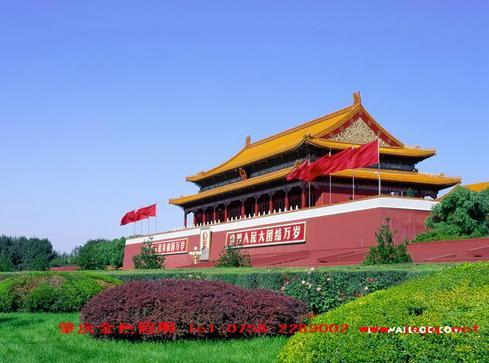
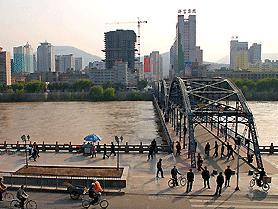
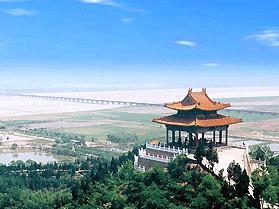
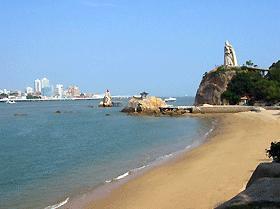
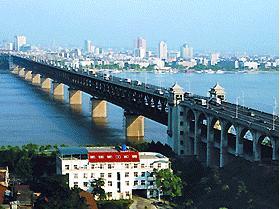
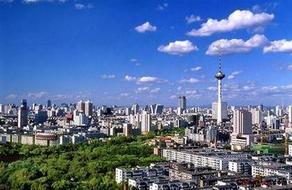
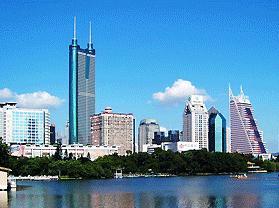

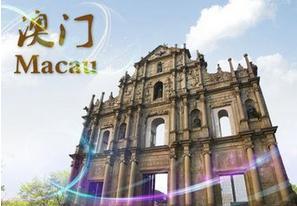

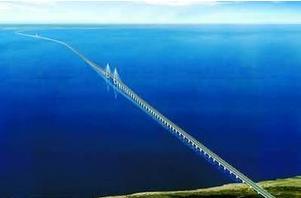

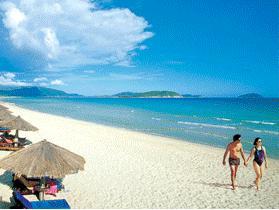
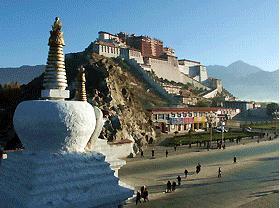
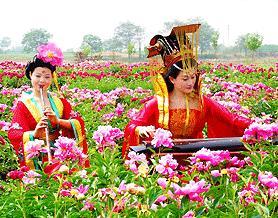
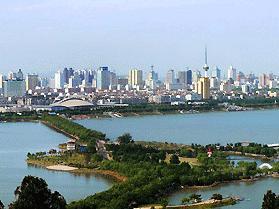
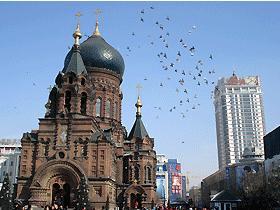
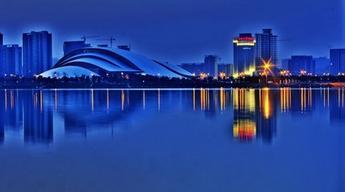
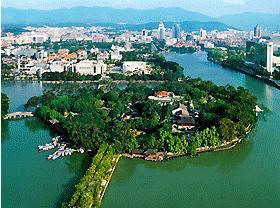
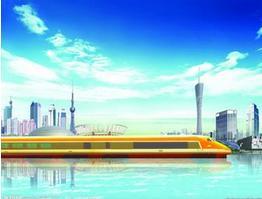
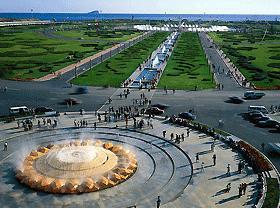
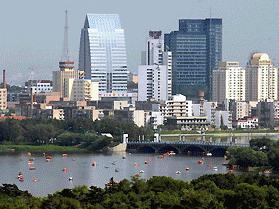
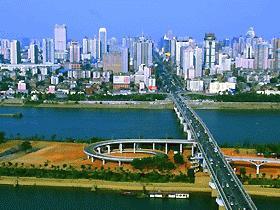
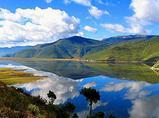



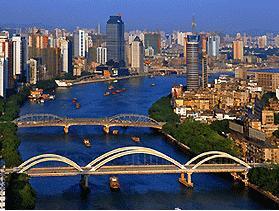
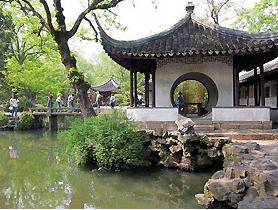
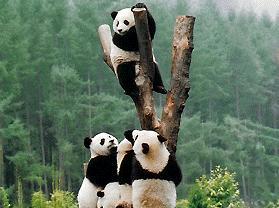
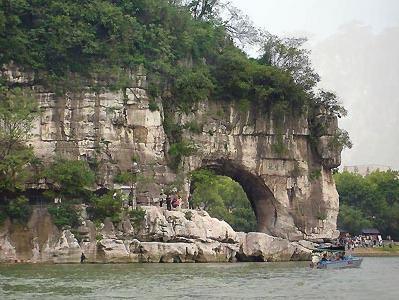

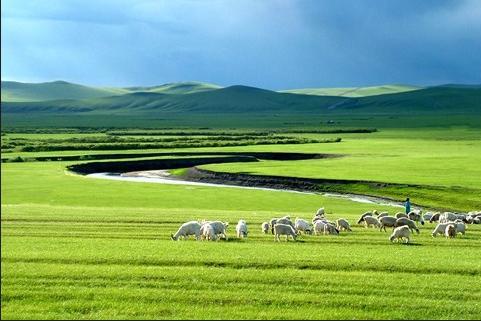

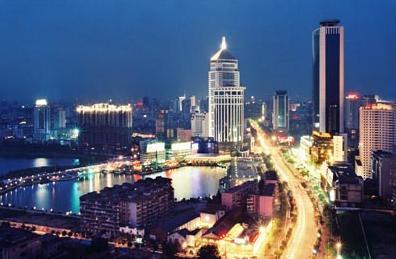
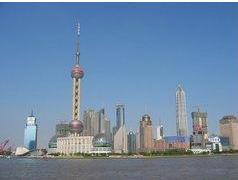


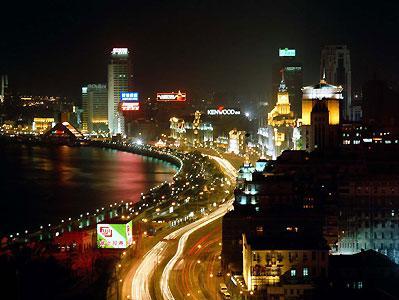
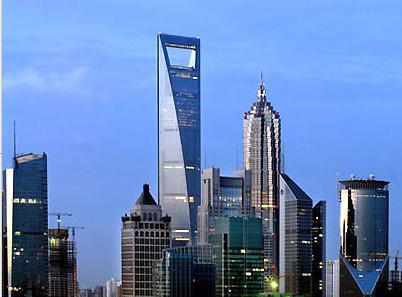
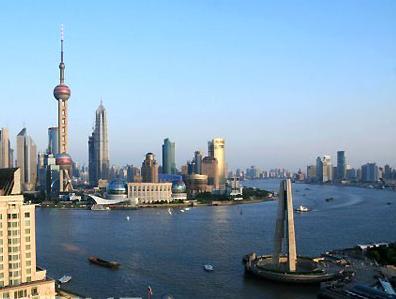
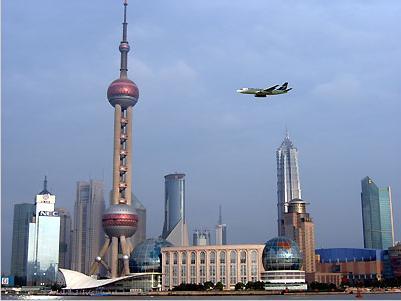

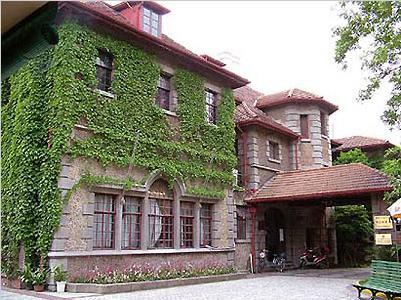
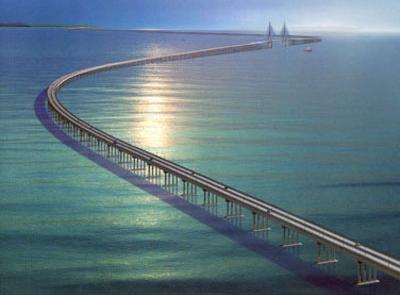
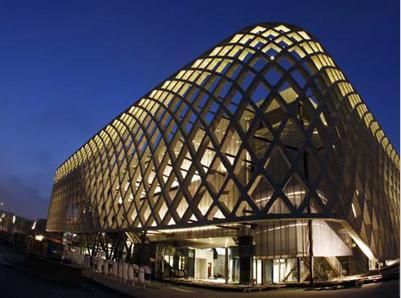

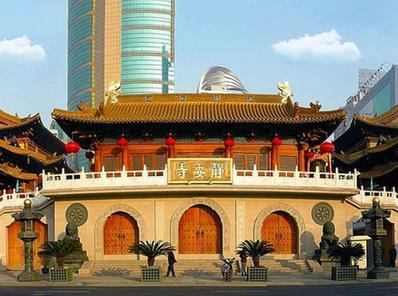
 Chinese
Chinese
 English
English
 Korean
Korean
 Japanese
Japanese
 French
French
 Russian
Russian
 Vietnamese
Vietnamese
